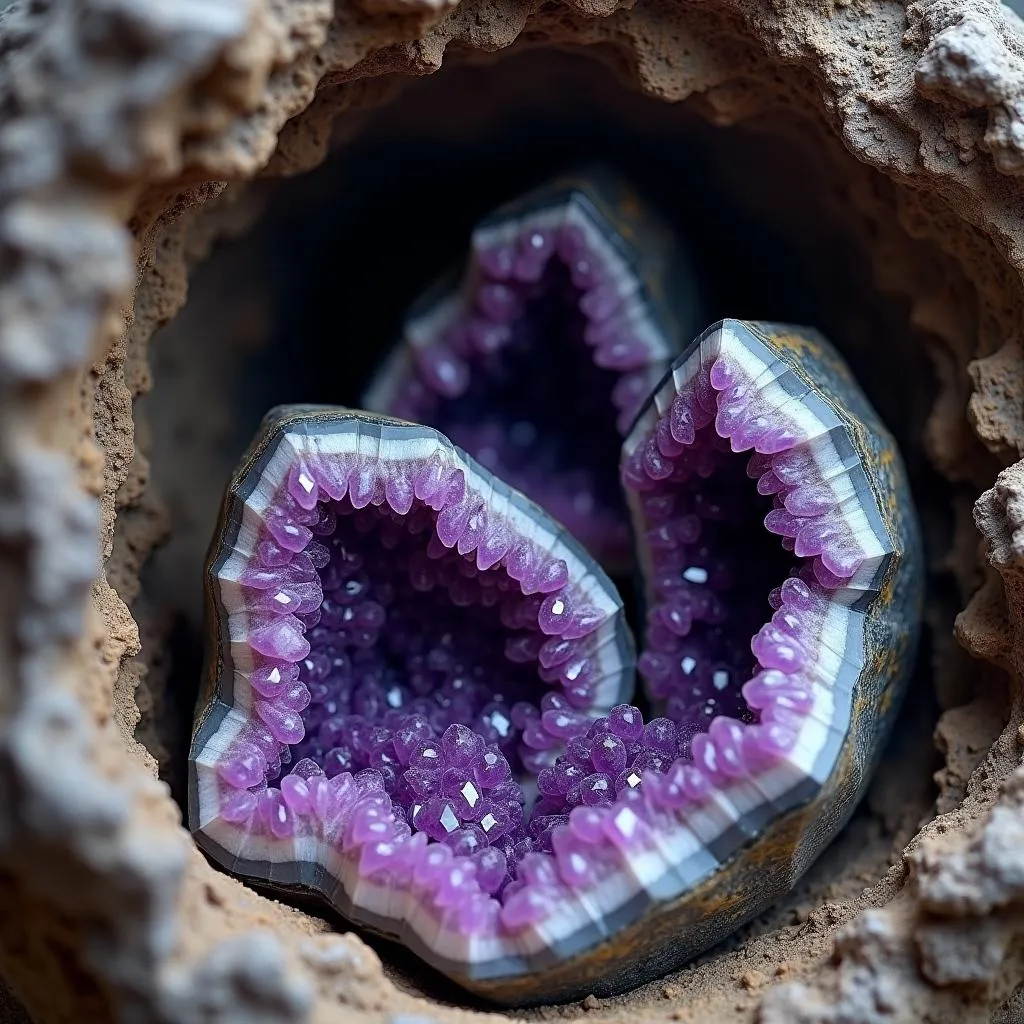The African Kangaroo: An Intriguing Misnomer
The African Kangaroo, a phrase that sparks curiosity and perhaps a bit of confusion, leads us down an interesting path of exploration into the world of animal naming and geographical distribution. While the image of a kangaroo instantly conjures up thoughts of the Australian outback, you might be surprised to learn that there are no kangaroos native to the African continent.
This seeming contradiction highlights how common names for animals can sometimes be misleading. The term “African kangaroo” is often used colloquially to refer to a different, yet equally fascinating, creature – the springhare.
Unraveling the Mystery: Why the Name “African Kangaroo”?
The springhare, scientifically known as Pedetes capensis, bears a striking resemblance to its Australian counterpart in terms of morphology and behavior. Both possess remarkably strong hind legs, disproportionately large compared to their forelimbs, which enable them to execute impressive leaps. This remarkable jumping ability, covering several meters in a single bound, is their defining characteristic and the root of the shared moniker.
The springhare, much like the kangaroo, utilizes its long, powerful tail for balance during these energetic leaps and for stability while standing upright. This uncanny resemblance in form and function, despite their geographical distance and lack of close evolutionary relationship, is a testament to the power of convergent evolution.
The Springhare: A Closer Look at the “African Kangaroo”
Native to southern and eastern Africa, the springhare is a nocturnal rodent, emerging from its burrow under the cover of darkness to forage for food. Their diet primarily consists of plants, roots, and insects. These shy creatures are solitary animals, except during the breeding season.
The use of “African kangaroo” to describe the springhare, while technically inaccurate, highlights the human tendency to draw comparisons and find familiar patterns in the natural world. It reminds us of the interconnectedness of life on Earth and the fascinating ways in which different species evolve similar adaptations to thrive in their respective environments.
Exploring Further: The Diverse Fauna of Africa
While you won’t find any actual kangaroos roaming the African savanna, the continent boasts an incredibly diverse and unique array of animal life. From the majestic African elephant and the powerful lion to the graceful giraffe and the enigmatic aardvark, Africa is a treasure trove of biodiversity.
If you’re interested in learning more about the intriguing creatures that call Africa home, you might find our articles on the African ant bear and the African bunny equally captivating.
Conclusion: Celebrating the Rich Tapestry of Life
The tale of the “African kangaroo,” though a misnomer, serves as a reminder that the natural world is full of surprises and intriguing connections. It encourages us to delve deeper into the fascinating world of animal life, to appreciate the diversity of species, and to understand the ecological roles they play. So, while kangaroos remain an iconic symbol of Australia, the African springhare, with its impressive leaps and nocturnal habits, holds its own unique allure within the diverse tapestry of African wildlife.
FAQs About the “African Kangaroo”
1. Is there really an animal called an African kangaroo?
No, “African kangaroo” is a colloquial term used to describe the springhare, a rodent native to Africa that resembles the kangaroo in its jumping ability and appearance.
2. What is the scientific name of the springhare?
The scientific name of the springhare is Pedetes capensis.
3. Why is the springhare called the “African kangaroo”?
The springhare earned its nickname due to its remarkable jumping ability, long hind legs, and powerful tail, much like the Australian kangaroo.
4. Where can I find springhares in Africa?
Springhares are found in southern and eastern Africa.
5. Are springhares related to kangaroos?
Despite their physical resemblance, springhares and kangaroos are not closely related. Their similarities are a result of convergent evolution.
For further inquiries, please contact:
Phone Number: +255768904061
Email: kaka.mag@gmail.com
Address: Mbarali DC Mawindi, Kangaga, Tanzania.
We have a 24/7 customer service team ready to assist you.


